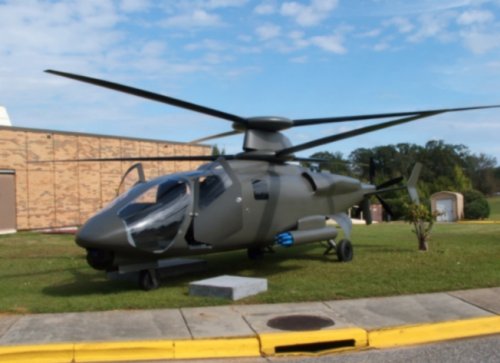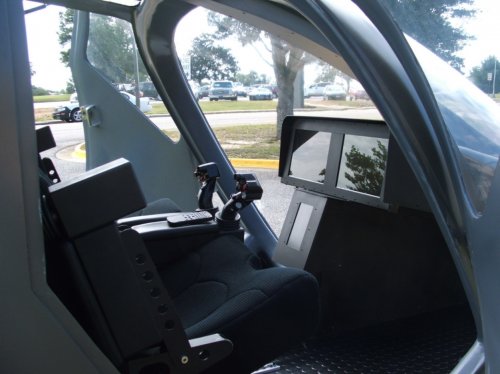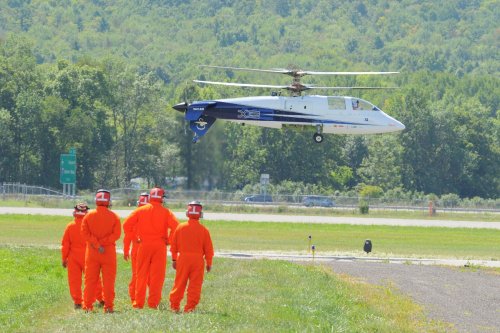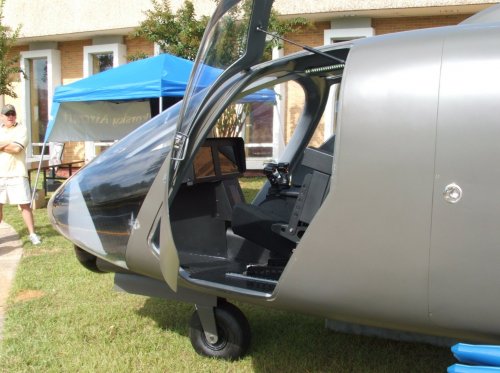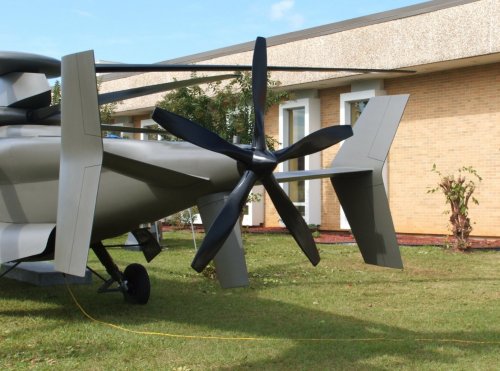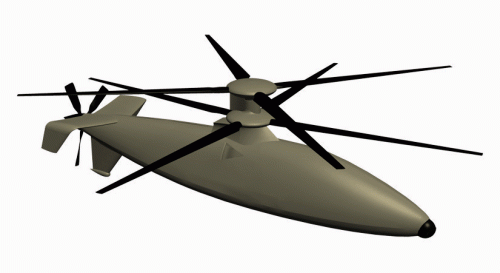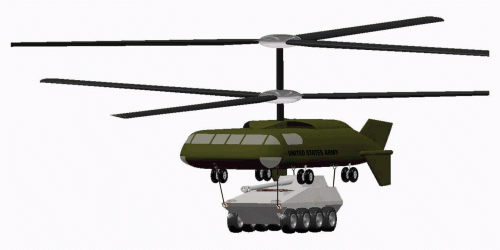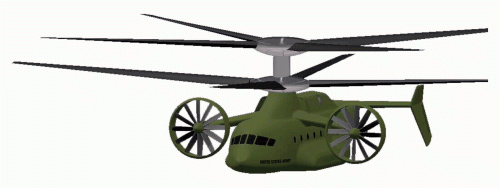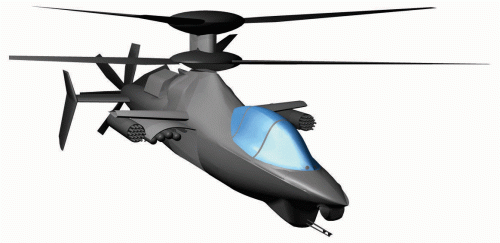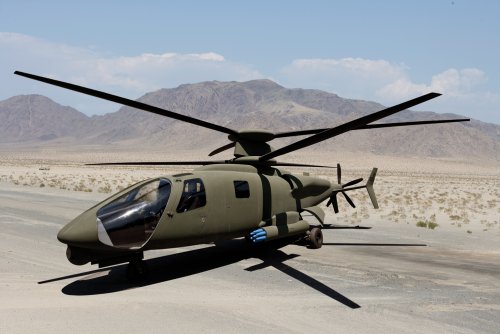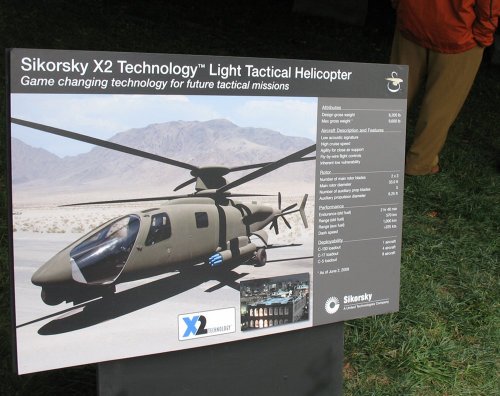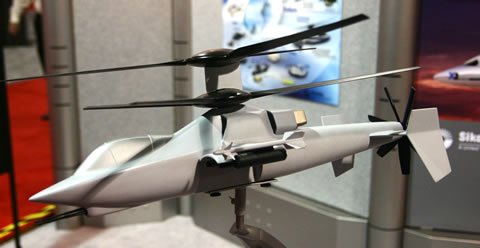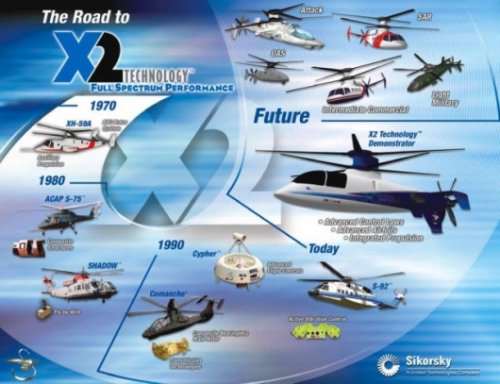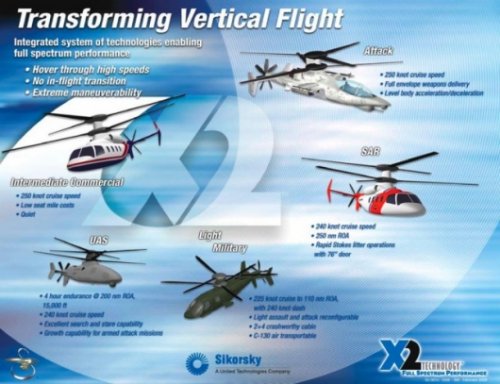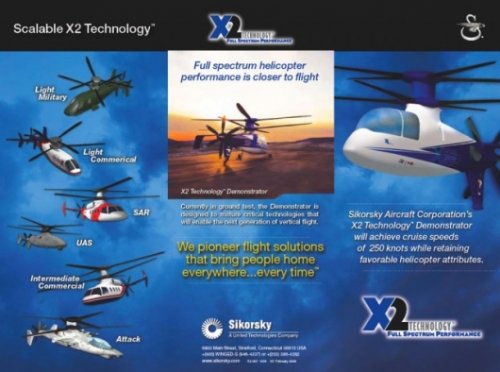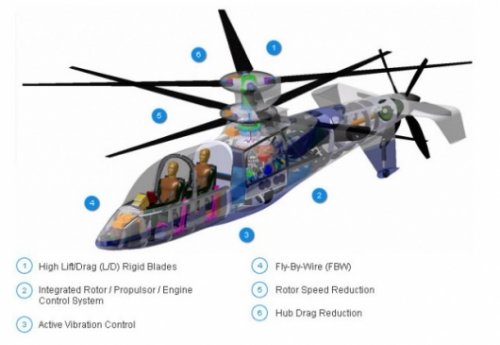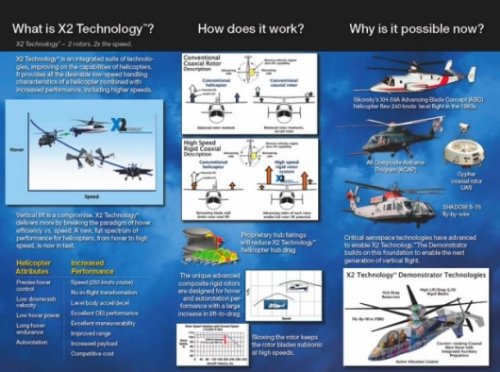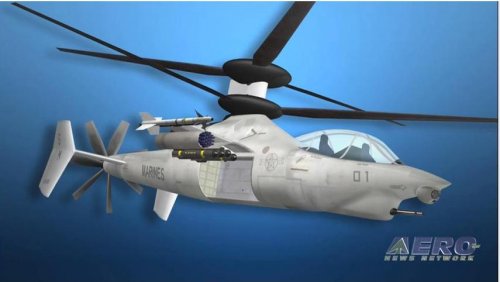From Aviation Week.
Sikorsky X2 Aims for World Speed Record
Feb 23, 2010
By John Morris/Show News
HeliExpo 2010/Houston, Tex
The Sikorsky X2’s attempt to break the world speed record for rotorcraft later this year could determine the future path of helicopter development at the Connecticut-based company.
The X2 intends to achieve 250 kts by the end of the year, far ahead of the world speed record held by a Westland Lynx at 216.45 kts and the best cruising speed achieved by production helicopters of around 150 kts. They are limited to that envelope by current rotor technology.
The X2 features closely separated coaxial rotors with very rigid blades, active vibration damping, fly-by-wire and a pusher propeller.
It is, says Mark Miller, vice president of research and engineering at Sikorsky, an enabler. If it achieves 250 kts then Sikorsky will pursue that path in future developments. If the technology fails to deliver then the X2 will, after all, have proved its value as a technology demonstrator.
“Once we do that [hit 250 kts] we will be open to teaming or investors. That’s the enabler,” said Miller.
The X2 has recently been grounded by metal flaking in its transmission gearbox but will fly again soon. The first target when it does so: 150 kts.
The aircraft has now been fitted with streamlined cuffs and fairings on the top fuselage and enclosing the rotor mast. These will cut drag by 50%, said Miller, which is very significant and will help the X2 hit that 250 kts target.

